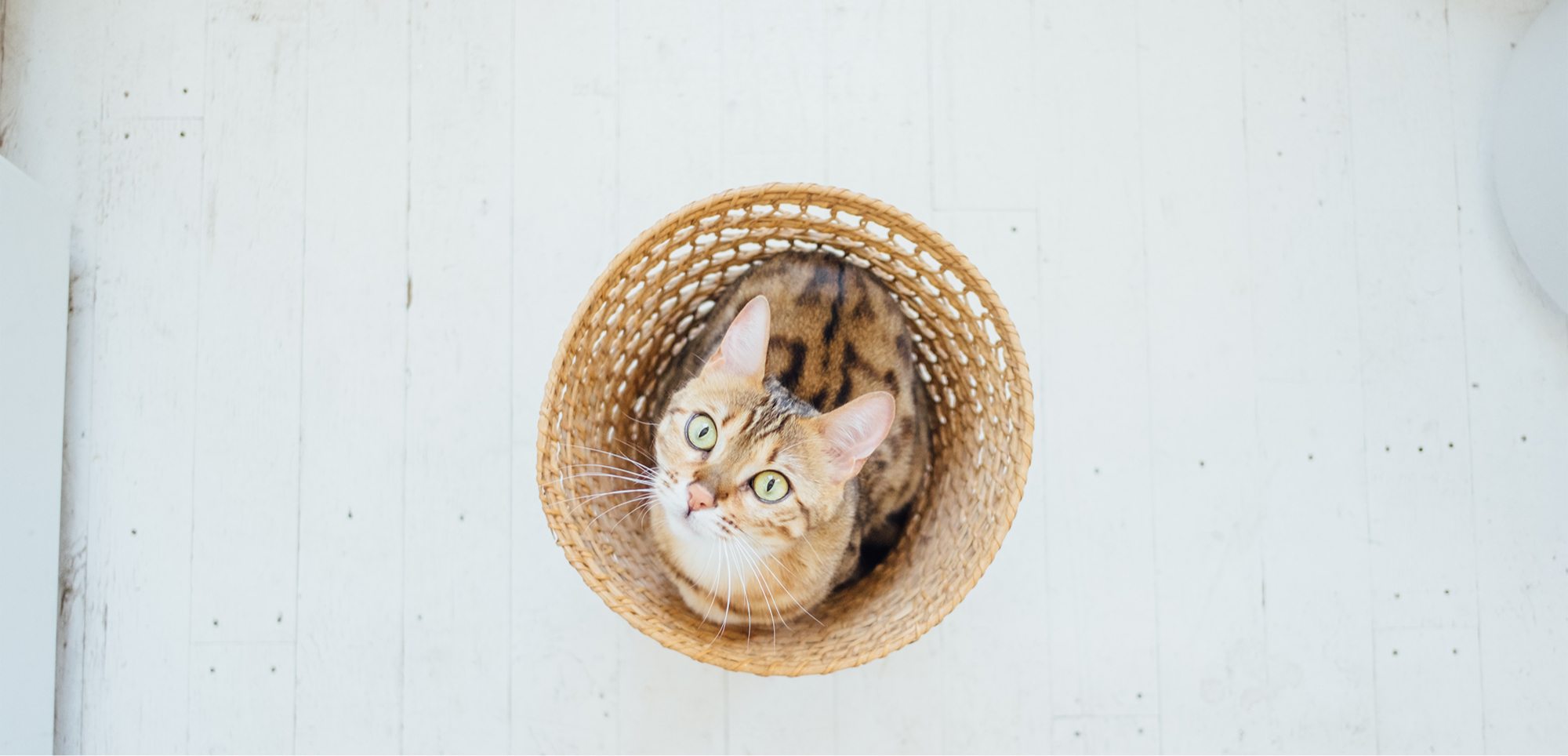Implications of breeding goldfish
It’s not just dogs that suffer when we selectively breed them for desired traits, such as shortened snouts, which disrupts their breathing. Our fishy friends, including the bubble-eye goldfish, are suffering too.

The bubble-eye goldfish are purposefully bred to have large fluid filled sacs under their eyes. The sacs serve no functional purpose, but rather are a deformity that exists because they are thought to be aesthetically pleasing by some. Bubble-eye goldfish are also lacking a dorsal (back) fin, which provide fish with stability in the water. Goldfish without dorsal fins have to cope with rolling and twisting when trying to swim in a straight line and have slower swimming speeds and acceleration, compared with regular goldfish1. The absence of a dorsal fin, in combination with the eye sacks creating drag, makes swimming very difficult and energetically demanding. The presence of the sacks also blocks the eyesight of the fish, which makes it hard to search for food.
This combination of poor swimming ability and disrupted eyesight, leaves the very fragile sacs susceptible to damage. Damage to the sacs can cause pain and infection, which could possibly lead to death. Unfortunately, to prevent injury to the eye sacs, people will keep bubble-eye goldfish in barren tanks. Housing the goldfish in tanks without objects or other fish, poses additional welfare issues as fish require social and environmental stimulations. Bubble-eye goldfish, along with other breeds including celestial eye goldfish, Lionchu goldfish and Ranchu goldfish all have compromised vision, impaired swimming ability and are therefore unable to behave naturally.
Additionally, for Lionchu and Ranchu goldfish the excess facial tissue can compromise gill movements, making it difficult for the fish to breath. As these abnormalities are prone to infections, it’s not surprising that these fish have significantly shortened lifespans. Healthy goldfish with a normal shape can live up to 49yrs and make great companion animals. Prospective goldfish owners should avoid purchasing breeds that have deformities that impair the health and welfare of the fish. For more information on which breeds of companion animals to avoid purchasing on the basis of welfare concerns please visit the website below. If you are already in the company of these breeds of goldfish, please consult your veterinarian for potential modifications you can make to your aquarium to assist your fish.
1.Blake RW, Li J and Chan KHS (2009) Swimming in four goldfish Carassius auratus morphotypes: understanding functional design and performance employing artificially selected forms. Journal of Fish Biology 75: 591–617

